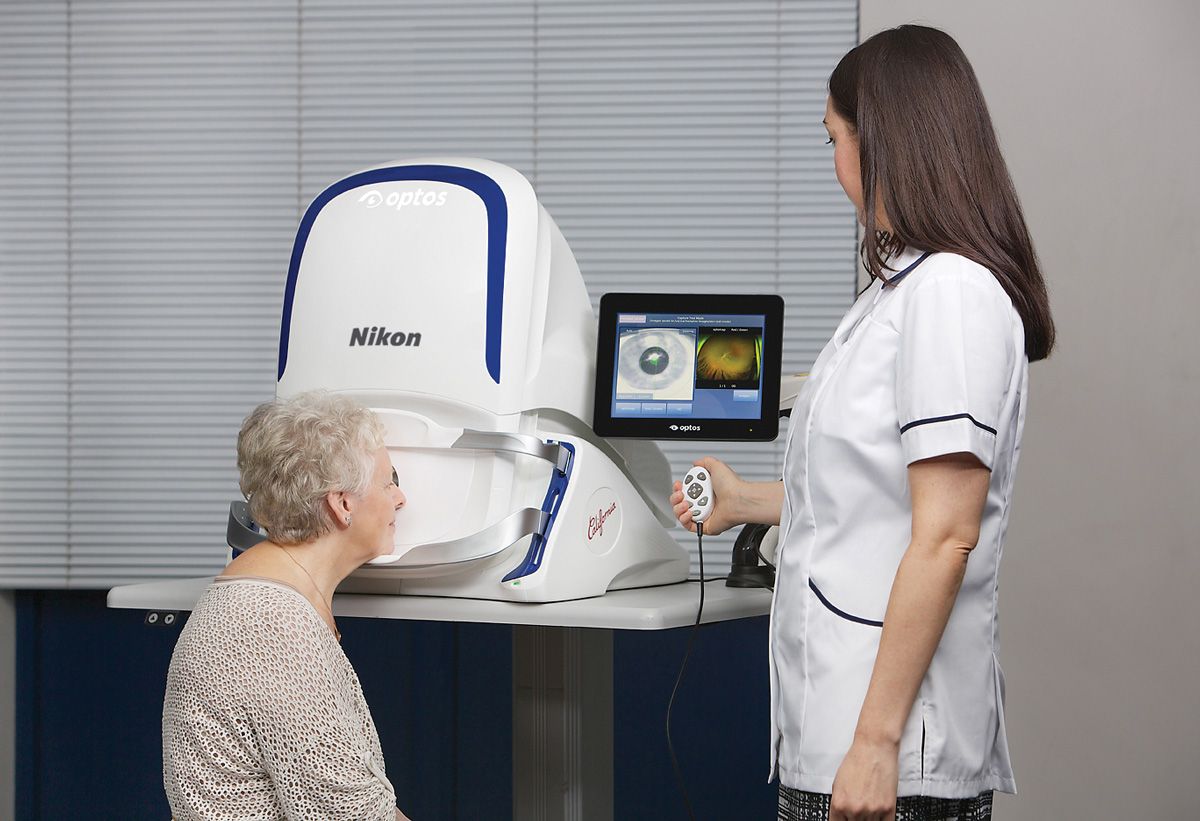Fall Yard Clean Up Injury Prevention

Before you rev up the lawnmower or reach for your rake this fall, the American Chiropractic Association (ACA) cautions you to consider the possible consequences: upper or lower back strain, neck strain and/or pain in the shoulders.
Just as playing football or golf can injure your body, the twisting, turning, bending and reaching of yard work can also cause injury if your body is unprepared. Like an athlete, if you leap into something without warming up or knowing how to do it properly, the chances of injury increase.
To prevent unnecessary strain and pain, consider these simple tips before you get started:
• Wear supportive shoes. Good foot and arch support can help prevent back strain.
• Stand as straight as possible and keep your head up as you rake or mow.
• When it’s still warm outside, avoid the heat. If you’re a morning person, get the work done before 10 a.m. Otherwise, do your chores after 6 p.m.
• When raking, use a “scissors” stance: right foot forward and left foot back for a few minutes, then reverse, putting your left foot forward and right foot back.
• Bend at the knees, not the waist, as you pick up yard equipment or piles of leaves or grass. Make the piles small to decrease the possibility of back strain.
• Wear a hat, shoes and protective glasses. To avoid blisters, try wearing gloves. If you have asthma or allergies, wear a mask.
• Drink lots of water before and after your work.
Tips on Using Outdoor Equipment
The equipment available today for lawn and leaf management can turn the average homeowner into a lawn specialist overnight. But the use of weed trimmers, leaf blowers and hedge clippers also has sent many aspiring landscapers to the office of their local doctor of chiropractic.
ACA cautions that using this equipment can result in back and neck pain, as well as more serious muscular strains and tears. The repetitive motion that your body undergoes when using such equipment can create a host of mechanical problems within the body. It is essential to operate your equipment properly. The following tips can help you safely enjoy a productive day in the yard:
• Regardless of what piece of equipment you use, make sure it has a strap and that you use it. Place the strap over your head on the shoulder opposite the side of your body from the device. This will help normalize your center of gravity.
• Be sure to switch the side on which you operate the equipment as often as possible, and to balance the muscles being used, alternate your stance and motion frequently.
• Try ergonomic tools. They’re engineered to protect you when used properly.
• When mowing, use your whole body weight to push the mower, rather than just your arms and back.
• If your mower has a pull cord, don’t twist at the waist or yank the cord. Instead, bend at the knees and pull in one smooth motion.
• Take frequent breaks from the activity of the day. Muscle fatigue may be felt when using any of these devices for an extended period of time.
• If your equipment is loud, wear hearing protection.
Simple Stretches
While it is critical to operate yard equipment safely, it is equally important to prepare your body for the work you are about to do. To help avoid injury, be sure to include a warm-up/cool-down period that involves stretching. Breathe in and out slowly throughout each stretching exercise until the muscle is stretched to its furthest point. At that point, hold your breath in; when you relax, breathe out. Stretch gently and smoothly. Do not bounce or jerk your body in any way and stretch as far as you can comfortably. You should not feel pain. Get the most out of the time you spend in the yard with these stretches:
• Stand up and prop your heel on a back door step or stool with your knee slightly bent. Bend forward until you feel a slight pull at the back of the thigh, called the hamstring. You may need to stabilize yourself by holding on to a garage door handle or sturdy tree branch. Hold the position for 20 seconds, then relax. Do it once more, and then repeat with the other leg.
• Stand up and put your right hand against a wall or other stable surface. Bend your left knee and grab your ankle with your left hand. Pull your heel toward your buttocks to stretch your quadriceps muscles at the front of your thigh. Hold that position for 20 seconds, relax and do it again. Repeat with the other leg.
• Weave your fingers together above your head with your palms up. Lean to one side for 10 seconds to stretch the side of your upper body, then reverse. Repeat two or three times.
• “Hug your best friend”- Wrap your arms around yourself after letting your breath out and rotate to one side as far as you can go. Hold for 10 seconds; then reverse. Repeat two or three times.
Dr. Matt Smith has been a Chiropractor in Saratoga Springs for 36 years. He and his daughter Dr. Kevy Smith Minogue can be reached at 518-587-2064 or at MySaratogaChiropractor.com.






